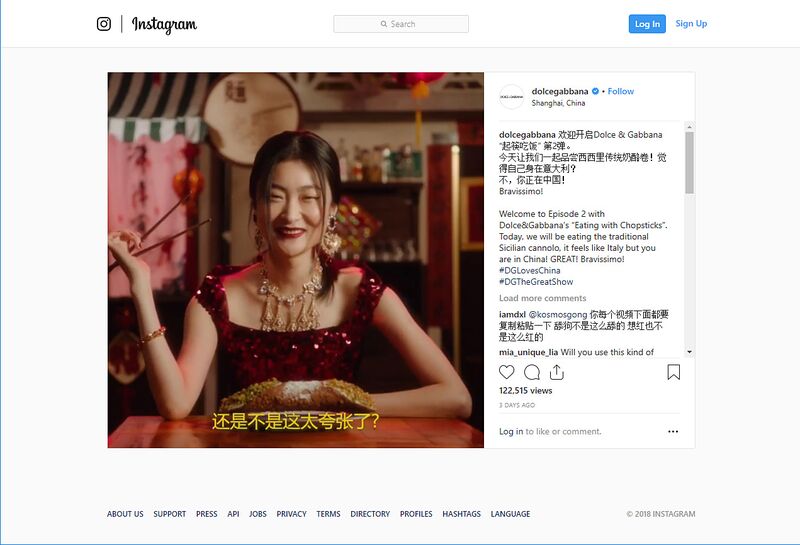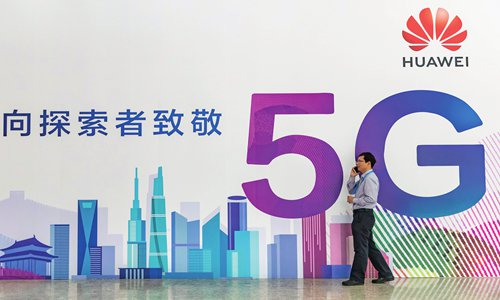U.S. farmers finishing their harvests are facing a big problem - where to put the mountain of grain they cannot sell to Chinese buyers.
For Louisiana farmer Richard Fontenot and his neighbors, the solution was a costly one: Let the crops rot.
Fontenot plowed under 1,000 of his 1,700 soybean acres this fall, chopping plants into the dirt instead of harvesting more than $300,000 worth of beans.
His beans were damaged by bad weather, made worse by a wet harvest. Normally, he could sell them anyway to a local elevator - giant silos usually run by international grains merchants that store grain.
But this year they aren’t buying as much damaged grain. The elevators are already chock full.
“No one wants them,” Fontenot said in a telephone interview. As he spoke, he drove his tractor across a soybean field, tilling under his crop. “I don’t know what else to do.”
Across the United States, grain farmers are plowing under crops, leaving them to rot or piling them on the ground, in hopes of better prices next year, according to interviews with more than two dozen farmers, academic researchers and farm lenders. It’s one of the results, they say, of a U.S. trade war with China that has sharply hurt export demand and swamped storage facilities with excess grain.
In Louisiana, up to 15 percent of the oilseed crop is being plowed under or is too damaged to market, according to data analyzed by Louisiana State University staff. Crops are going to waste in parts of Mississippi and Arkansas. Grain piles, dusted by snow, sit on the ground in North and South Dakota. And in Illinois and Indiana, some farmers are struggling to protect silo bags stuffed with crops from animals.
U.S. farmers planted 89.1 million acres of soybeans this year, the second most ever, expecting China’s rising demand to give them better returns than other bulk crops.
But Beijing slapped a 25 percent tariff on U.S. soybeans in retaliation for duties imposed by Washington on Chinese exports. That effectively shut down U.S. soybean exports to China, worth around $12 billion last year. China typically takes around 60 percent of U.S. supplies.
The U.S. government rolled out an aid program of around the same size - $12 billion - to help farmers absorb the cost of the trade war. As of mid-November, $837.8 million had been paid out.
Some of that money will pass from farmers to grain merchants such as Archer Daniels Midland Co (
) and Bunge Ltd (
), who are charging farmers more to store crops at elevators where there is limited space. Bunge and ADM did not respond to requests for comment on storage fees.
The storage crunch and higher fees have boosted revenues at grain elevator Andersons [ANDE.O], Chief Executive Officer Pat Bowe said in an interview.
“It’s paying a grain handler to store - it’s the old-fashioned way to make money,” Bowe said.
These are also boom times for John Wierenga, president of grain storage bag retailer Neeralta. Sales of their bags - white tubes up to 300 feet now littering Midwest fields - are up 30 percent from a year ago.
“The demand has been huge,” Wierenga said. “We are sold out.”
HIGHER FEES
Farmers are feeling the pinch. Those in central Illinois could pay up to 40 percent more than in previous years to store crops over the coming weeks, agricultural consultant Matt Bennett estimated.
That amounts to between 3 cents to 6 cents a bushel, Bennett said, a painful expense for a crop that was already expected to deliver little income to farmers.
Storage rates are swinging wildly, depending on the elevator location. Grain dealers at rivers typically charge more than their inland counterparts because they are more dependent on export markets.
At some Midwest river terminals, farmers were paying 60 cents a bushel to store soybeans until the end of the year - more than twice as much as a year ago. Some commercial terminals are charging farmers to just drop off their soybeans.
The trade war has only exacerbated the strain on storage, which has been a persistent problem in recent years due largely to a worldwide oversupply of grains.
Even before this fall’s harvest, around 20 percent of total grain storage available in the U.S. was full with corn, soybeans and wheat from previous harvests, according to the U.S. Department of Agriculture. That was the highest in 12 years for this time of year.
Some grain merchants are also charging additional fees for farmers who deliver less-than-perfect soybeans, said Russell Altom, a soybean farmer and senior vice president of agricultural lending at Relyance Bank in Pine Bluff, Arkansas.
“I’ve never seen things this bad,” Altom said. “I know several farmers who hired lawyers, to see if they can sue over the pricing and fees issues.”
Eric Maupin, a farmer in Newbern, Tennessee, said he was facing so-called dockage rates of between 60 cents at $1.20 per bushels at Bunge Elevators in his area - more than three times as high as a year ago.
“Damage can be anything - a split bean, one that’s too small, one that’s too big - whatever,” Maupin said.
Some farmers are pulling farm equipment out of barns to make room for the overflow of grains.
After packing nearly half a million bushels of corn and soybeans in their usual steel bins, Terry Honselman and his family found some additional space in 35-year-old shed on their Casey, Illinois, farm.
Most years, the building protects farm equipment and bags of seed. Now, it is stuffed with 75,000 bushels of corn.
Like others, Honselman is banking on a resolution to the trade war before this spring - when he says he will need the space back for his planting supplies.



